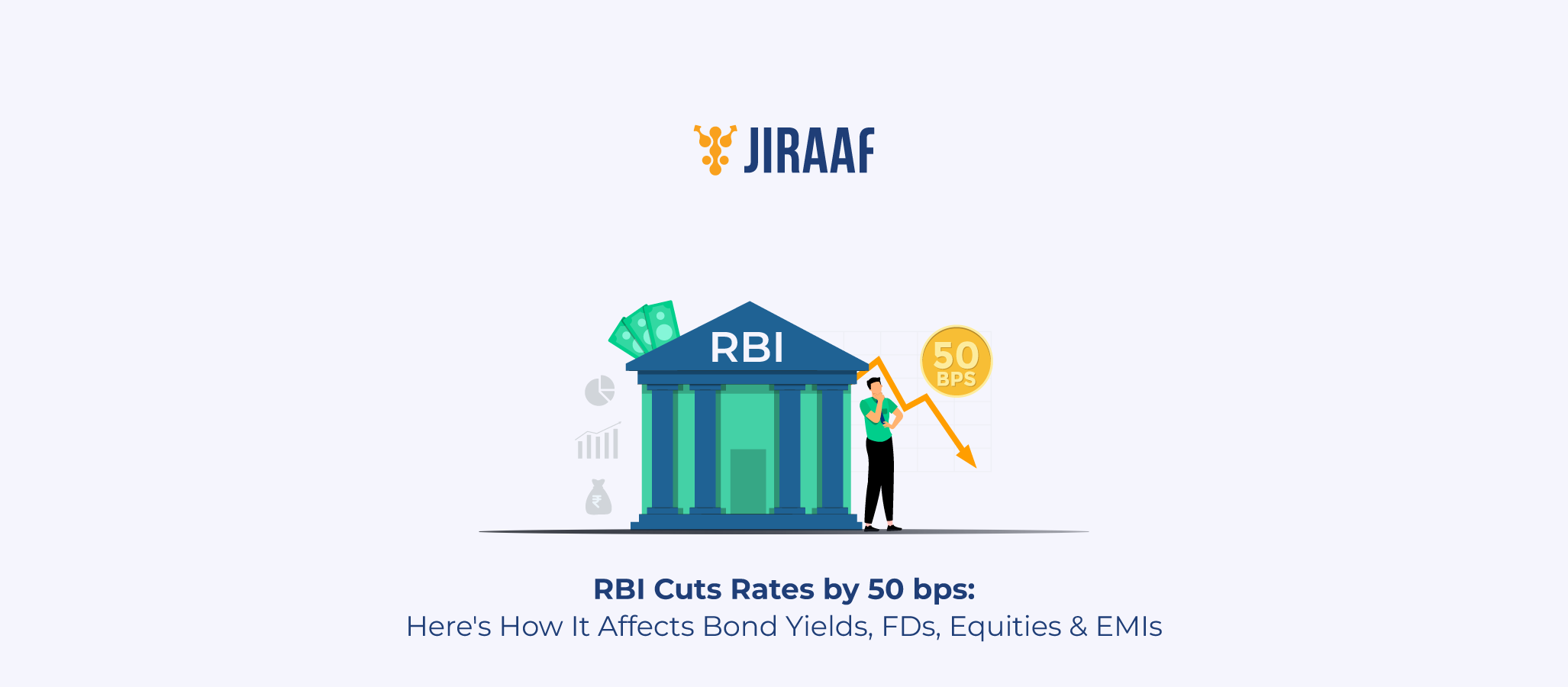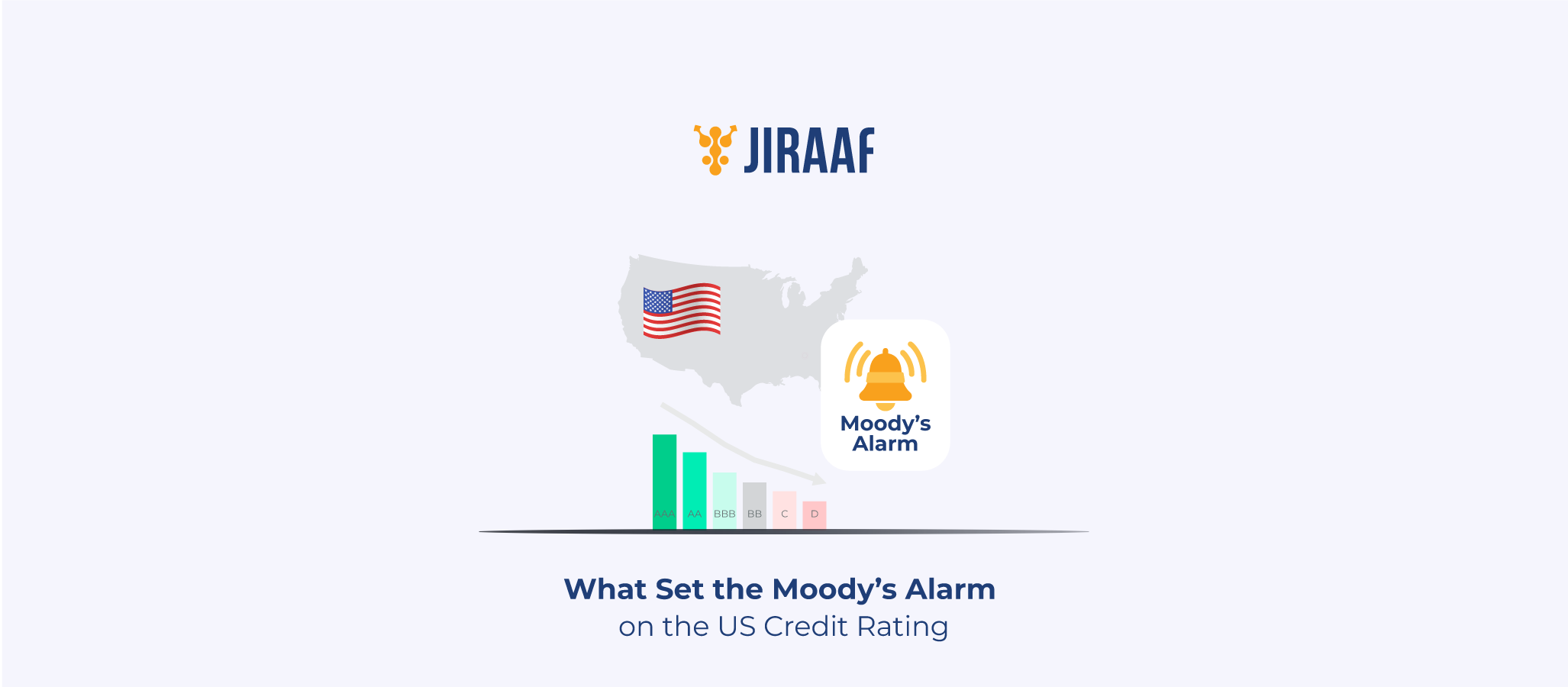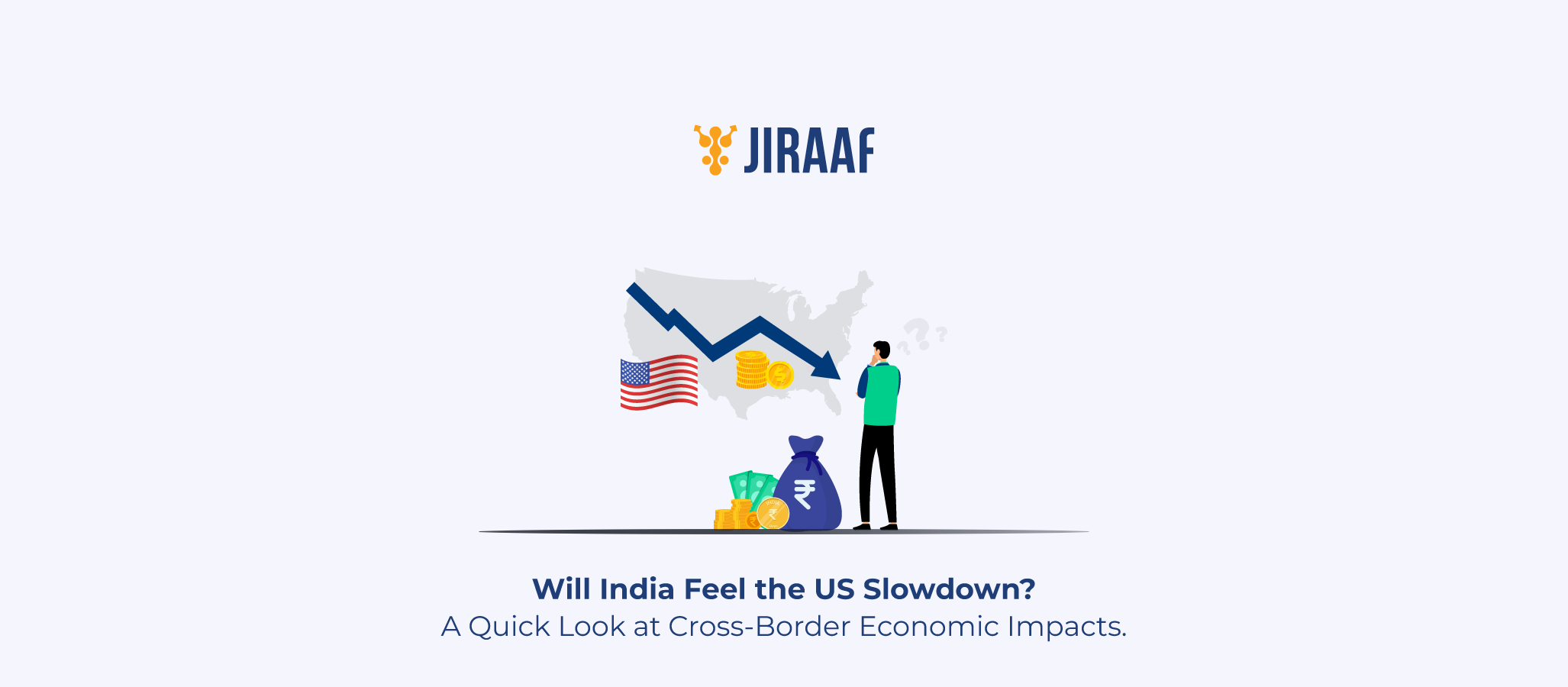The Reserve Bank of India (RBI) announced a significant shift in its monetary policy framework on June 6, 2025, by reducing the repo rate by 50 basis points (bps), bringing down the effective interest rate in the economy to 5.5% from 6%. The RBI also changed its monetary policy stance from ‘accommodative’ to ‘neutral’, signaling a probable end to the rate-cut cycle after a total of 3 rate cuts amounting to 100 bps.
Additionally, the central bank also reduced the Cash Reserve Ratio (CRR) by 100 basis points, equivalent to a 1% cut, aiming to inject approximately ₹2.5 lakh crore into the banking system in a phased manner. RBI’s repo rate cut, combined with a CRR cut, is designed to enhance liquidity by lowering borrowing costs, thereby providing a boost to economic growth amid a complex global macroeconomic environment.
While financial pundits often discuss these technical adjustments, their real-world implications extend to every individual in the economy. Whether you’re a borrower managing EMIs, a fixed-income investor considering your next move, or an equity market participant seeking clarity on valuation outlooks, the RBI’s policy decision will likely influence your financial decisions.
This article breaks down the nuanced impacts of the RBI repo rate cut across asset classes and sectors, offering a comprehensive view of what this means for debt and equity markets, loans, and broader investment strategies.
Let’s unpack how a seemingly abstract macroeconomic move can ripple through the entire financial ecosystem, affecting both institutional behavior and everyday financial decisions.
Impact on the Indian Government Debt Market: A Probable Decline in Yields and A Narrowing India-US Yield Spread
Interest rate movements shape the debt market dynamic, as investor behavior and debt securities pricing are impacted by the prevailing interest rates in the economy. A repo rate cut leads to a fall in yields and vice versa. This is currently reflected in the declining 10-year government security (G-sec) yield, which has edged down to 6.22% and is likely to approach 6% as markets begin to price the latest 50 bps rate cut.
Prices are a function of demand and supply. The compression of long-term yields will benefit existing bondholders, as the lowering of interest rates means future G-secs will be issued at a lower coupon rate, impacting the demand for existing outstanding G-secs and making them more attractive, thereby driving up their prices. This means that the existing bondholders will not only earn a regular income in the form of interest payments but will also have the opportunity to earn capital gains as demand for high-coupon-bearing debt instruments increases.
While the recent rate cut will benefit existing bondholders, it may deter foreign investors from investing in G-secs for some time due to the tight India-US yield spread. The US 10-year treasury yields stand at 4.4%, bringing the India-US yield differential down to 180 bps. The yields can compress further, reducing the attractiveness of Indian sovereign debt, particularly when adjusted for the declining value of the rupee.
Indian Inc. is set to benefit from FIIs and FPIs reducing interest in G-secs, as investment-grade corporate bonds may see a higher influx of capital owing to the good credit ratings and creditworthiness of the corporate issuers.
Impact on The Indian Corporate Debt Market: Increased Issuance As Borrowing Becomes Cheaper
India’s overall debt market is valued at $2.69 trillion, with corporate bonds accounting for $602 billion. The Indian corporate debt market is poised to benefit from the rate cuts, as borrowings will become more affordable for corporates in the months to come.
Investment-grade corporate debt, with ratings ranging from AAA to BBB-, is seeing an increase in demand from both foreign and Indian institutional investors, as it becomes more lucrative with G-sec yields decreasing. The trend is likely to continue in the coming month after the 50 bps rate cut.
Retail demand is also expected to spike, as rate cuts will also make borrowings cheaper for Indian households. The reduced cost of borrowing will free up cash for Indian households. This, combined with the tax breaks offered to the Indian middle class in the 2025-26 budget, will significantly free up money for Indians, spurring individual demand and savings, as well as broader economic growth.
Experts believe that retail participation is poised to increase in the corporate debt market, as monetary easing and tax breaks free up liquidity, and online bond platforms make it easier for investors to participate in bond markets.
Investors will have more money on hand, making now the best time to lock in yields. Let’s explore why bond yields can come down in the months to come.
Why Investors Should Consider Locking in Current Yields
The RBI’s June 50 bps rate cut also saw a change in stance from ‘accommodative’ to ‘neutral’. The shift in stance suggests that the current rate-cut cycle is nearing completion, with interest rates likely to remain steady at 5.5% for the foreseeable future, provided external and internal factors remain constant.
The 100 bps point rate cut by the RBI so far will make borrowing cheaper for both the government and corporates as the rate cuts percolate deeper in the economy. This means that fixed deposits and fixed-income instruments will likely have lower rates in the coming months. This makes the present moment the ideal time to lock in yields and benefit from the comparatively higher yields.
If you are a risk-averse investor, you can book long-term fixed deposits to lock in higher rates, as the repo cut’s impact on FDs would slashed rates.
For FD investors, some larger banks have already slashed rates, but a few small finance banks are still offering FD at a relatively higher rate. Investors could book these higher-rate FDs to benefit before the rate cut is passed on to investors.
Moderately risk-seeking investors can book higher yields by investing in medium- to long-duration investment-grade bonds with ratings ranging from AAA to BBB-. A well-composed bond portfolio with varying durations and ratings will net you higher returns compared to FDs while posing only marginally higher risk.
But timing is crucial here. The opportunity cost of delaying investment decisions in this environment could translate into substantially lower returns in subsequent quarters.
Now that we have discussed the impact of rate cuts on debt instruments, let’s move on to equity markets and see how increased liquidity can impact equity valuations in India.
Equity Market Implications: Positive Sentiment and Sectoral Tailwinds
Historically, equity markets tend to react positively to monetary easing, and the rate cut cycle so far has been no exception. Organizations with significant leverage and a lower repo rate mean reduced cost of capital for the firm, lower interest costs, and enhanced profitability. Firms with lower leverage will now be incentivized to increase their capital outlay as borrowing becomes more affordable, thereby boosting their growth prospects.
Capital-intensive sectors, such as real estate, infrastructure, and manufacturing, are poised to benefit from the lower borrowing costs. Another clear winner would be the banking and financial sector, as the lower cost of borrowing, coupled with the freed liquidity resulting from the CRR cut, will enhance banks’ lending operations.
While Indian macroeconomic factors, such as inflation and the employment rate, remain relatively stable, investors should remain mindful of global uncertainty. Persistent higher interest rates in developed economies, such as the US, and ongoing geopolitical tensions could create external shocks, potentially unbalancing crude oil prices and damaging India’s economic growth trajectory.
EMI Reduction: Direct Relief for Borrowers
Yes, the interest rate cuts will negatively impact the FD rates and the bond yields, but the impact of interest rates is not limited to yield compression. The most immediate and tangible effect of the repo rate cut is the reduced cost of borrowing for individuals. Additionally, existing floating-rate loans linked to the benchmark lending rate, typically the repo rate, will now carry a lower interest obligation. This is particularly beneficial for borrowers of home loans and car loans.
Estimates suggest that:
A ₹50 lakh home loan with a 20-year tenure may see a monthly EMI reduction ranging between ₹1,900 and ₹3,200.
For a ₹ 1 crore loan, borrowers could save over ₹6,300 monthly.
These savings can be used to either reduce the loan’s tenure, thereby decreasing the total interest outgo, or to ease monthly cash flow pressures. Several banks have already reduced home loan rates in anticipation of the RBI’s action.
This environment presents an opportune moment for borrowers to renegotiate loan terms or explore refinancing options with more competitive lenders.
Conclusion: Strategic Financial Planning in a Low-Rate Environment
The RBI’s 50-basis-point rate cut represents more than a conventional monetary policy adjustment; it is a strategic move with multidimensional effects on the financial ecosystem. Its implications extend across asset classes, sectors, and consumer behavior.
The policy shift underscores the importance of dynamic financial decision-making. A proactive approach guided by economic principles can help individuals and institutions thrive in an evolving monetary landscape.
Discover fixed income investments with Jiraaf, a SEBI registered online bonds platform that educates and brings access to a wide array of bonds. Sign up today to explore diversified fixed income investment opportunities to support your goal-based wealth creation journey. Start investing!



